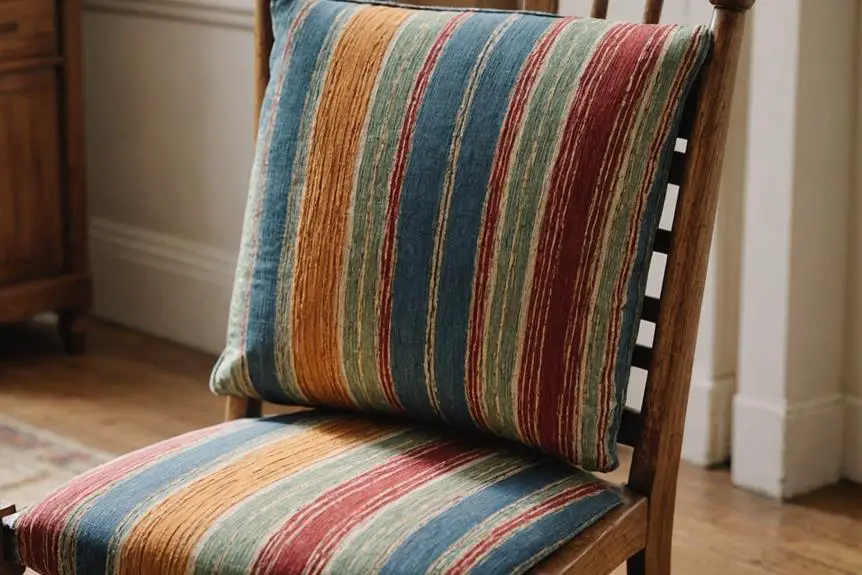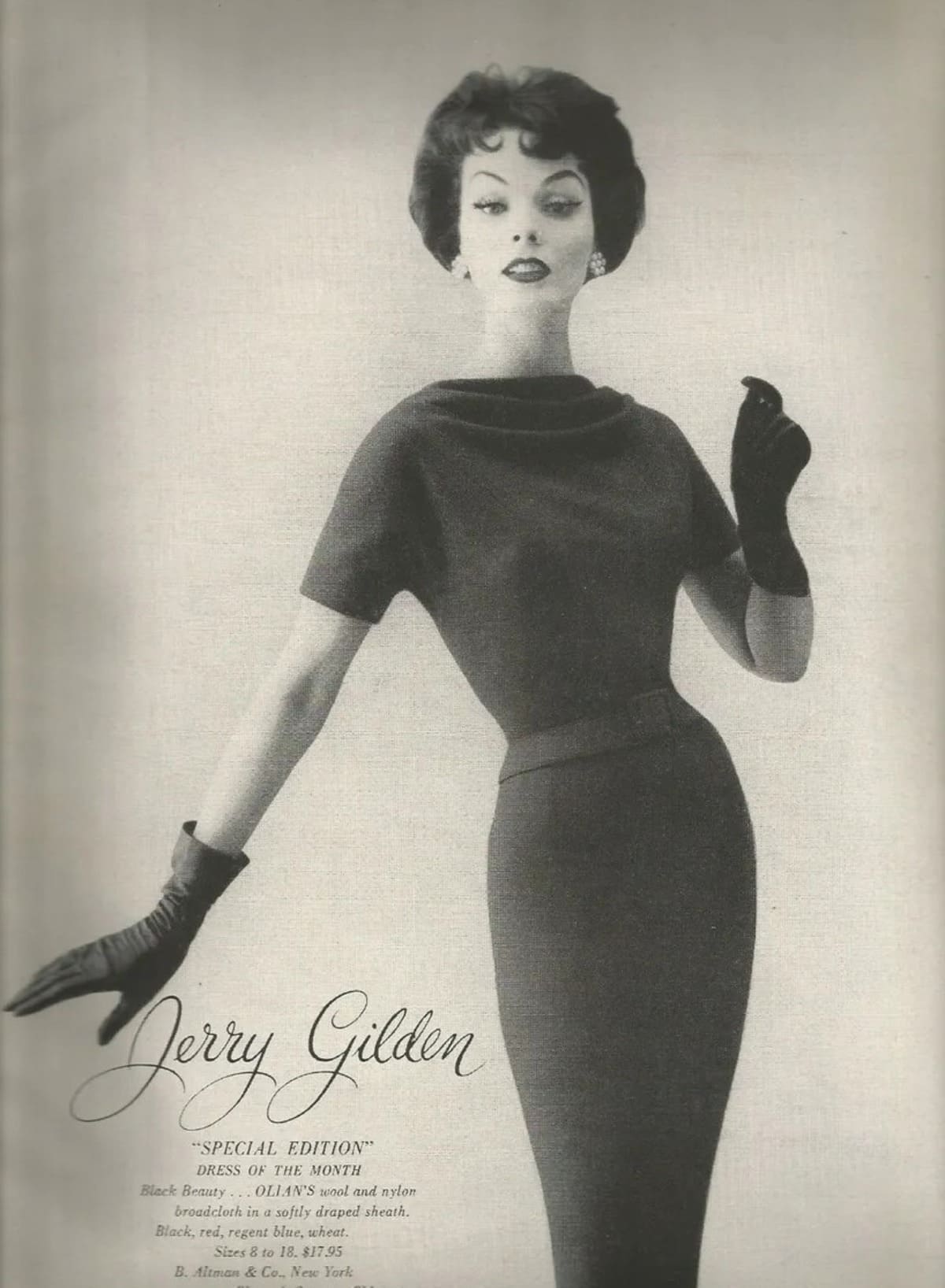When you're trying to identify ticking fabric, focus on its unique characteristics that set it apart from other textiles. You'll notice the tightly woven texture, designed to keep stuffing securely in place, along with the signature muted stripes that often catch the eye. But it's not just about the look; the durability and historical significance play an essential role in understanding its purpose. As you explore these elements, you might wonder how ticking fabric has evolved over time and what practical applications it has today.
Understanding Ticking Fabric
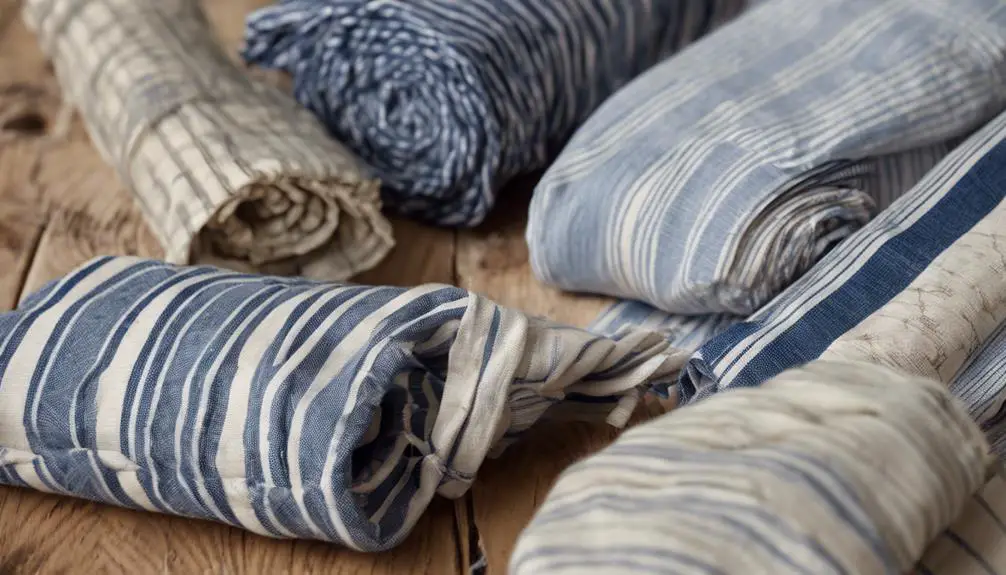
Ticking fabric is a unique textile that stands out for its durability and classic look. You might've seen it before, maybe on a comfy couch or even your grandmother's favorite pillow! This tightly woven fabric is usually made from 100% cotton or linen, giving it a strong, sturdy feel that lasts through years of use. Isn't that impressive?
One of the coolest things about ticking fabric is its iconic striped pattern. You'll often spot muted colors like navy and cream or red and white, creating a timeless style that fits in anywhere—from modern apartments to cozy country homes. It's like the little black dress of textiles; it never goes out of style!
Originally, ticking fabric was designed to cover mattresses and pillows, keeping the stuffing from poking through, which is why it's sometimes called "featherproof." But don't think it's just for bedding! Nowadays, people use it in upholstery, curtains, and all sorts of home decor. It's functional and looks great too—what more could you want?
Plus, you can even treat it with wax or starch to make it even tougher. With its incredible durability, ticking fabric can handle whatever life throws at it. So, whether you're looking to spruce up your living room or create a cozy reading nook, ticking fabric is a fantastic choice. Don't you just love how it combines style and strength?
Key Characteristics to Identify
When you're trying to identify ticking fabric, look for its tightly woven texture and distinctive striped pattern. This fabric isn't just pretty; it's tough too! Here are three key characteristics to help you spot it:
- Tightly Woven Texture: Ticking fabric is made from 100% cotton or linen, which means it's built to last. The tight weave prevents stuffing from poking through, making it perfect for mattresses and pillows.
- Striped Pattern: You'll usually see a recognizable striped pattern, often in muted colors like navy on cream or solid white. This classic look isn't just for show; it reflects its historical roots in home decor.
- Durable Material: The fabric has a coarse feel, especially in featherproof ticking, making it suitable for heavy-duty applications like upholstery and drapery. Plus, its high thread count means it resists wear and tear, so you can count on it for a long time!
Historical Significance of Ticking
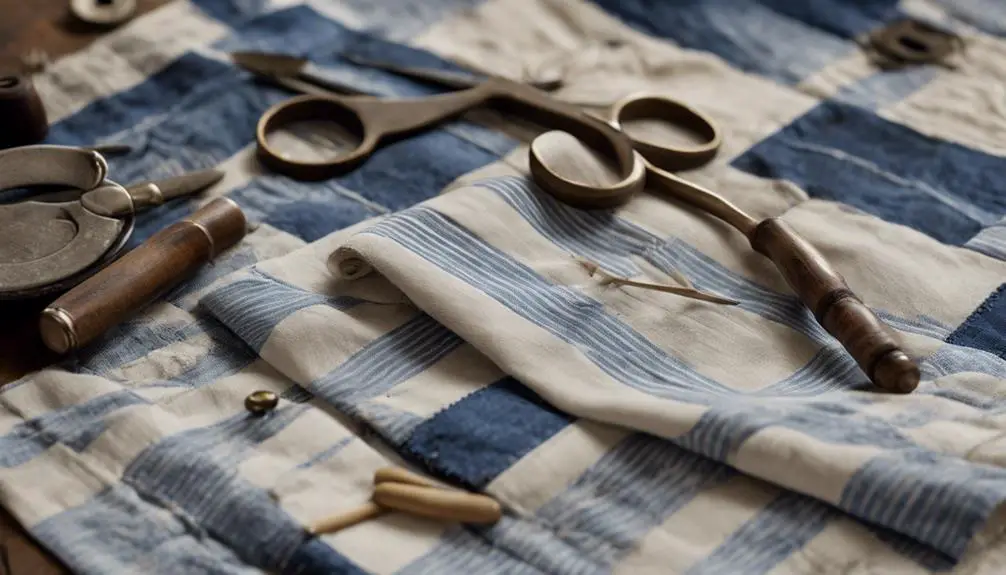
With roots tracing back to the Middle Ages, ticking fabric has long served an essential role in home furnishings. Can you imagine how different things were back then? Originally, this sturdy fabric was used to cover straw mattresses, providing comfort and protection. The very word "ticking" comes from the Greek word "theka," which means case or covering—how fitting!
Traditionally, artisans would weave ticking on dobby looms, which was pretty impressive for its time. But then, in 1804, the invention of the Jacquard loom changed everything! This allowed for more complex patterns and even mass production, making ticking more accessible to everyone. By the 1940s, the USDA promoted home production of cotton mattresses, putting ticking back in the spotlight. Who knew a fabric could have such a cool comeback?
Over time, ticking evolved from just a utilitarian fabric for mattress covers and pillows to a stylish choice for upholstery and home decor. It's amazing to see how something so practical became a trendy element in our living spaces! Today, you might find ticking in all sorts of fun patterns and colors, adding a touch of charm and nostalgia to your home.
Common Uses of Ticking Fabric
One of the most practical applications of ticking fabric is in bedding, where it serves as a durable covering for mattresses and pillows. This woven fabric, often characterized by its classic ticking stripe, creates a sturdy barrier that keeps stuffing from poking through. But that's just the tip of the iceberg! Here are a few more common uses of ticking fabric you might find interesting:
- Quilts and Coverlets: Ticking fabric is traditionally used to cover the back of quilts and coverlets, making them more durable and comfy.
- Furniture Upholstery: You'll often see ticking used in furniture, like armchairs and headboards, giving them a stylish, timeless look.
- Decorative Items: This versatile fabric shines in cushion covers, tablecloths, and curtains, blending well with various interior styles.
It's not just for bedding anymore! You can even find lighter weight ticking variations in clothing. Imagine sporting a chic shirt with that classic ticking stripe while enjoying the same hardiness the fabric is known for. Isn't that cool?
Tips for Working With Ticking
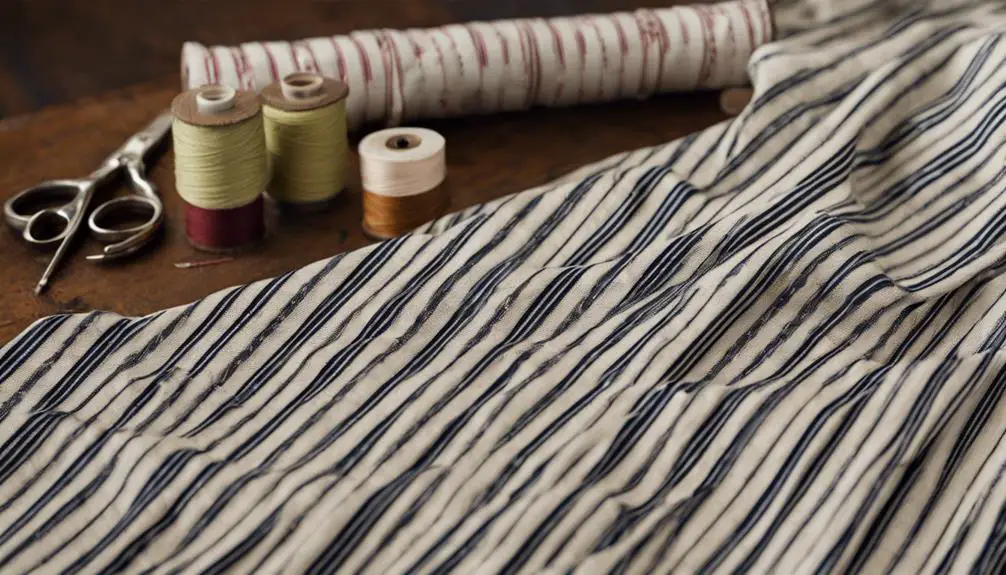
Working on ticking fabric can be a rewarding experience, but it does require some special techniques to guarantee great results. First off, make sure to pre-wash your fabric. This helps minimize shrinkage later on, especially if you're working with featherproof ticking. Who wants a surprise when their project shrinks after the first wash, right?
Next, grab a heavy-duty needle, ideally size 90/14 or larger. This helps accommodate the thickness of the ticking fabric and prevents needle breakage. You don't want to be stopped by a broken needle halfway through your project! When it's time to cut, use sharp shears with long blades. They'll give you clean edges and make your life a lot easier. Instead of pins, consider using chalk or fade-away pens for marking. Trust me, it'll save you from those annoying pinholes.
Now, when you start sewing, aim for a stitch length of about 3.5mm. And don't skimp on the heavy-duty thread! It's essential for holding everything together, given the durability of ticking fabric. If your sewing machine starts struggling, try manually turning the flywheel. It can save you from potential damage and keep everything running smoothly.
Frequently Asked Questions
What Are the Characteristics of Ticking Fabric?
When you think about ticking fabric, picture its unique texture, right? This fabric's got serious durability, making it perfect for heavy-duty use. Historically, it's been a go-to for mattresses and pillows, showing its significance. You'll notice its classic stripe design, often in muted colors. Plus, there's some fun color variations out there! Whether you're using it for upholstery or crafts, ticking fabric adds a touch of charm and practicality to any project.
What Is Another Name for Ticking Fabric?
Another name for ticking fabric is "mattress stripe print," and it's got a rich history! You see, its origins go way back, designed for durability and comfort. Those classic ticking patterns aren't just pretty—they're perfect for everything from bedding to modern decor. Think about it: why wouldn't you want a fabric that's both stylish and tough? So next time you see that striped beauty, remember its timeless charm and practical applications!
Why Is Ticking Fabric Striped?
Ever wondered why ticking fabric is striped? Well, its history dates back to when it was used for mattresses, protecting the stuffing with its durable weave. Those stripes? They weren't just for looks! Ticking fabric patterns helped hide stains, making it super practical. Plus, it's tougher than canvas, too! So, whether you're sprucing up your home or tackling a DIY project, those stripes combine style and function like a pro. Pretty cool, right?
Can You Wash Ticking Fabric?
Can you wash ticking fabric? Absolutely! Just use mild detergents and warm water for those washing techniques. Remember, separate feather-filled items in muslin bags to avoid damage. Got stains? Act fast for stain removal! When it's time to dry, avoid high heat to keep it from shrinking. And here's a laundry tip: a quick beat after drying keeps your pillows fluffy! So, ready to tackle that laundry with confidence? Let's go!
Conclusion
So, now you know how to spot ticking fabric! Look for that tightly woven texture, classic stripes, and a durable feel. Whether you're decking out your bedding or tackling a DIY project, ticking adds a charming touch. Plus, with its rich history, you'll be using a fabric that's stood the test of time. Ready to give it a go? Jump in, have fun, and let that ticking inspire your next creation! Who knew fabric could be so exciting?
